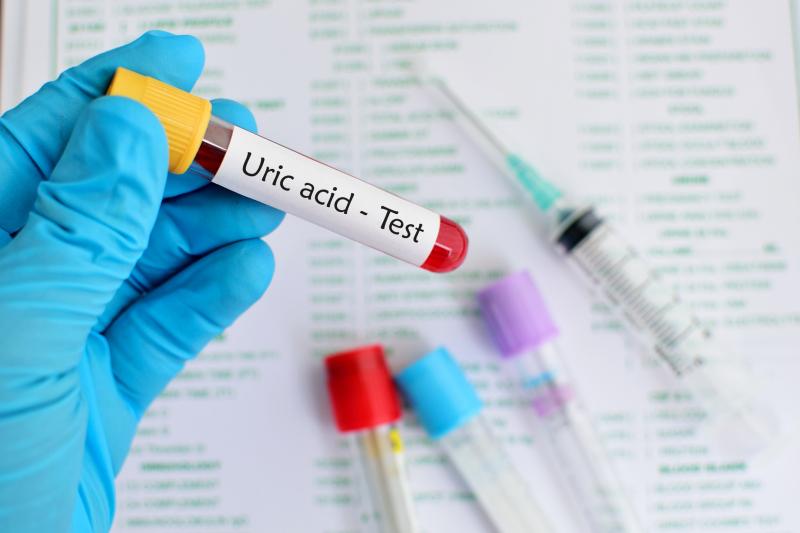
Both elevated and lower serum uric acid (UA) levels bear an excess risk of death from stroke, a study has found. Additionally, hyperuricaemia is associated with coronary heart disease (CHD) mortality.
Researchers followed for 19 years a total of 2,633 community-dwelling Japanese adults aged ≥40 years without a history of cardiovascular disease (CVD) at baseline. A total of 235 individuals died from CVD, including 84 from stroke and 53 from CHD.
Cox proportional hazards models revealed a U-shaped association between serum UA and CVD mortality, with the lowest (Q1, 35–268 µmol/l) and highest (Q5, 412–690 µmol/l) quintiles associated with a risk increase compared with the middle quintile (Q3, 323–357 µmol/; Q1: hazard ratio [HR], 1.50, 95 percent confidence interval [CI], 0.94–2.39; Q5: HR, 1.89, 95 percent CI, 1.23–2.91).
A similar association was noted between serum UA and mortality from stroke. The HRs associated with Q1 and Q3 values were (Q1 vs Q3: HR, 3.26, 95 percent CI, 1.29–8.25; Q5 vs Q3: HR, 3.77, 95 percent CI, 1.54–9.24).
In contrast, the age- and sex-adjusted mortality rate of CHD tended to increase with increasing UA levels, although the p-value for the trend failed to reach significance (Q5 vs Q3: HR, 2.53, 95 percent CI, 1.03–6.18).
More studies are needed to clarify the role of UA in the development of CVD and to establish a strategy for the risk-stratification and prevention of CVD in clinical practice.